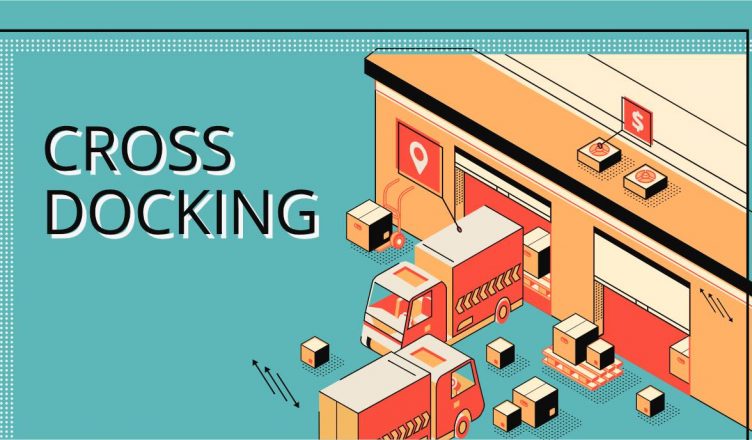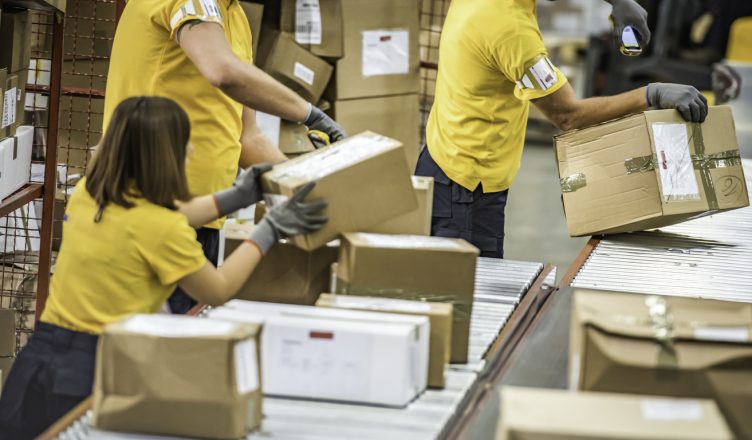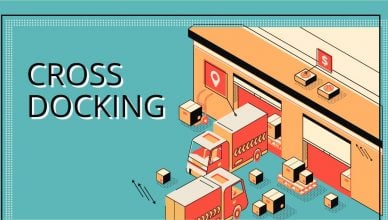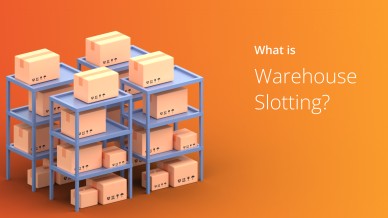If you run a warehouse, you know how important it is to increase warehouse efficiency and reduce warehousing costs.
Inefficient warehouse operations can lead to decreased customer retention rates as well as wasted labor.
In fact, as per data from the U.S. Census Bureau, an average U.S. warehouse wastes almost seven weeks a year just on unnecessary movement. The data indicates that 265 million hours of labor is lost annually within the industry, which is equivalent to $4.3 billion.
So, how can you reduce operational costs and increase warehouse efficiency?
Below are six ways to make your warehouse more efficient by spending less.
How to Improve Warehouse Efficiency
#1 Optimize Pick-and-Pack Routes
One cause of unnecessary movement within a warehouse is locating orders. To increase efficiency, you have to optimize the number of employee trips in the warehouse.
You can reduce wasted labor from unnecessary movements around the warehouse for locating orders by implementing a route optimization software and improving warehouse picking efficiency.
An advanced route planner, such as Route4Me, comes with dynamic route optimization technology that easily optimizes pick-and-pack routes inside warehouses and yards for robotic and human operators.
Route4Me even creates a map of your warehouse or yard and a road network inside your warehouse. The route optimization algorithm then uses that mapping data to build highly efficient routes.
Learn how route planning can help automate warehouse operations.
Want To See For Yourself How Route4Me Can Boost Your Profits?

#2 Cross-Docking to Reduce Costs
Cross-docking means unloading incoming goods from a supplier and loading it onto outgoing delivery carriers immediately. The outbound transport delivers the goods to the customers directly.

This way of transferring products to the customers directly from the suppliers eliminates the need for a middleman and saves warehouse space. It also saves labor and storage expenses, along with extra delivery, shipping, and transference costs.
Using cross-decking whenever possible and applicable is one of the most effective ways to reduce costs while improving warehouse efficiency.
Learn what cross-docking is and how you can use this powerful logistics hack.
#3 Optimum Use of Space
It seems very obvious to optimize the use of space in your warehouse. After all, every warehouse operator knows and understands the value of space.
But, space optimization is easier said than done. This is clearly indicated by warehouse planning systems being so expensive.
However, you don’t need to spend a fortune on logistics simulation tools, if you keep the following crucial things in mind when arranging storage space:
- Safety
- Minimum travel time between aisles
- Racking to save space
One-way alternate traffic aisles can also maximize the use of space. With such aisles, you can fit in more racks within a row, while eliminating any chances of collisions.
#4 Move Storage Burden Downstream
Consider giving your customers pick-up options as well. Shifting the inventory burden on to the retailers is a trusted way to reduce warehouse storage costs.
Many retailers, including Target, swear by this. In fact, about 15% of online Target orders are marked for store pick-ups. If there are retail locations that can fulfill customer pick-up requests, make sure you use them.
If you don’t have retail locations, you might consider Amazon’s fulfillment. This allows distributors and suppliers to sell on the marketplace, while the product storing, handling, and shipping responsibilities lie with Amazon.
This method also increases the visibility of your business. Cards Against Humanity spruced up its sales by 120,000 a month with this technique.
#5 Automate and Audit the Workflow
From the time a product arrives at the workhouse to when it leaves, there should be a standardized workflow. Without a standard procedure in place, each employee will work in his or her own way, which might not be the most profitable for you.
By automating and standardizing the workflow, you’ll be able to gauge individual employee performance. And, in the case of fulfillment issues, a quick audit will suffice to find out what is causing the problems.
Talk to your employees, consider their feedback, and work on standardizing a workflow that optimizes warehouse efficiency.
#6 Save on Energy Usage
A very obvious but often neglected way to improve warehouse efficiency is by optimizing energy usage. Harvest sunlight for natural lighting and insulation wherever possible. You can also install an automatic lighting system and invest in a good quality insulation system.
Another area where you can improve energy consumption is water. Consider using hands-free faucets and low flow automatic flush toilets to conserve water and reduce costs.
Conclusion about Improving Warehouse Efficiency
The six methods discussed above can dramatically eliminate excessive spending and improve warehouse efficiency.

Simple auditing at the end of the year that you implemented these methods should be evidence enough. Having said that, every improvement would result in increased warehouse efficiency and every audit will reveal a new way to do the same.
Want To See For Yourself How Route4Me Can Boost Your Profits?





